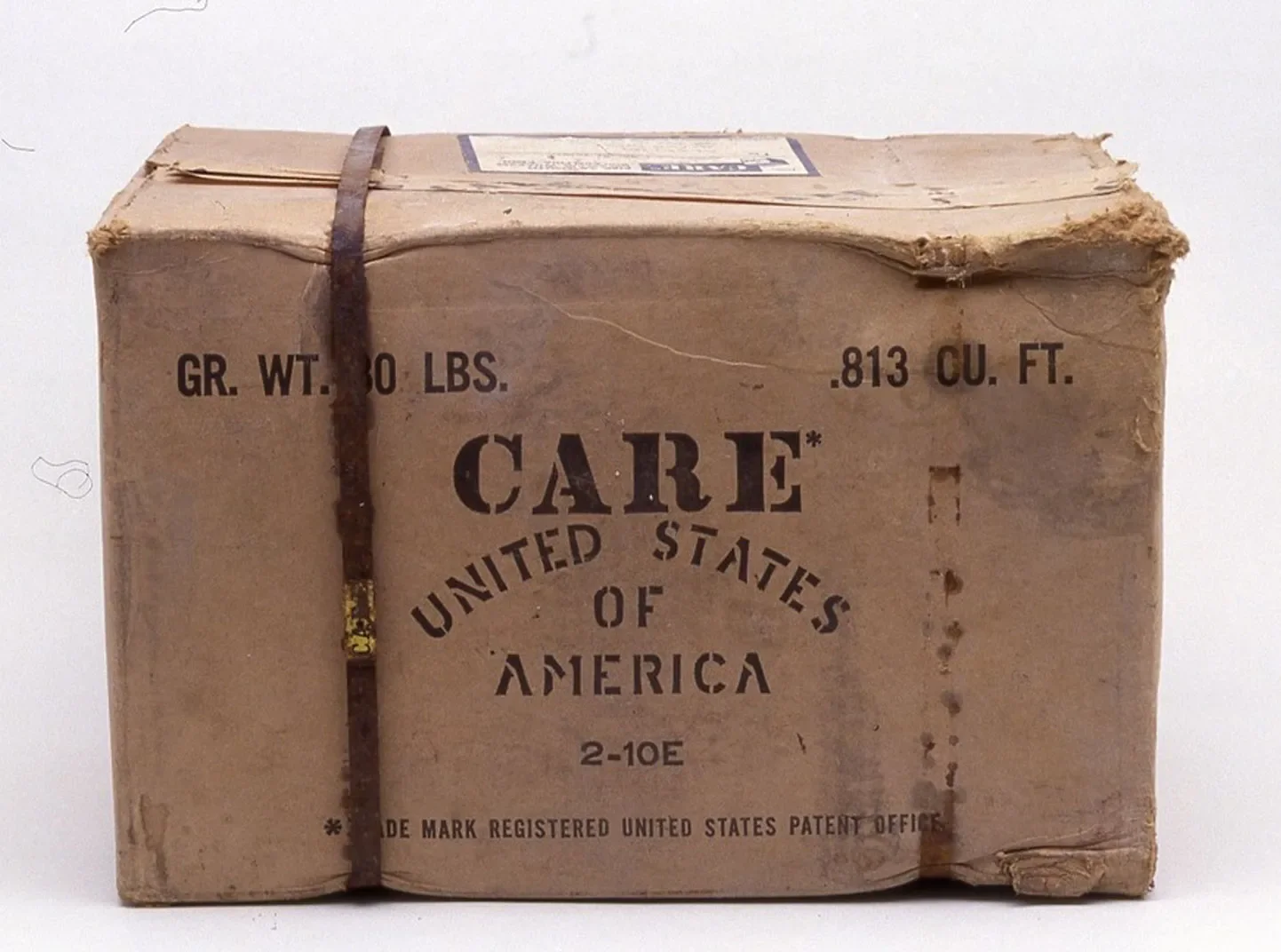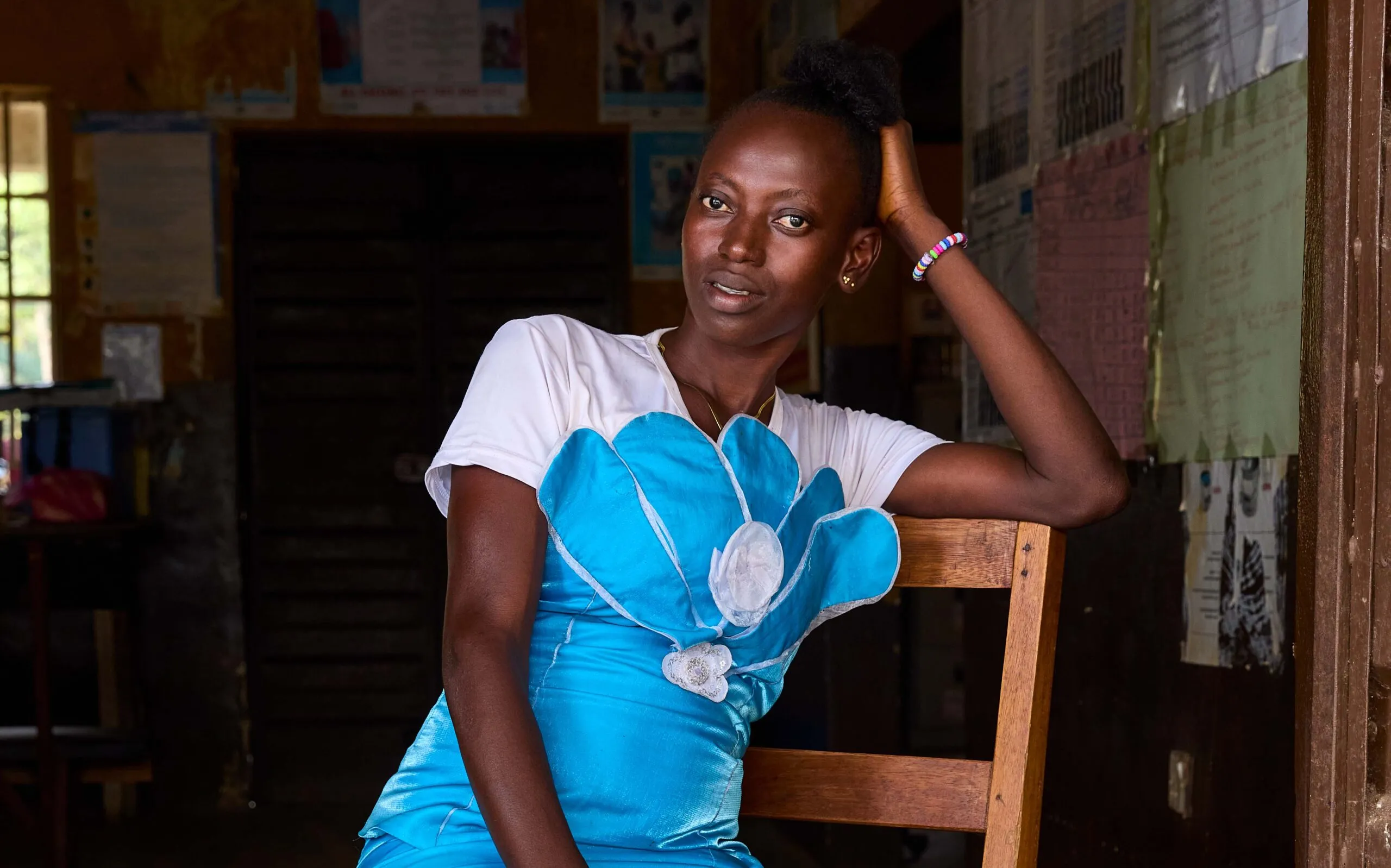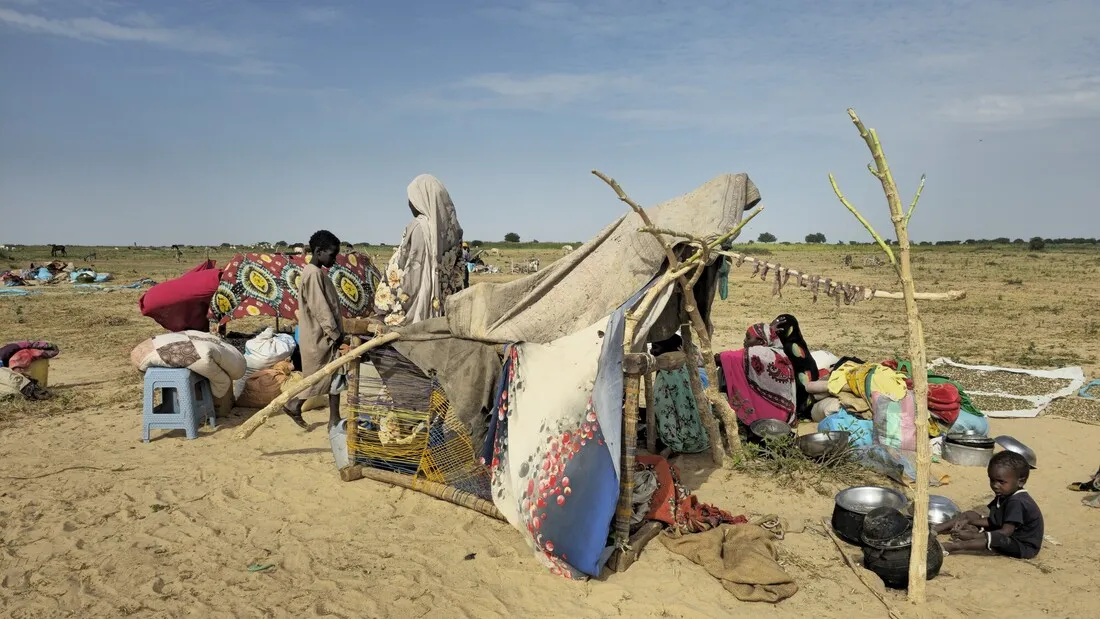At the core of storytelling is its ability to evoke emotions and foster empathy. By allowing us to ‘see’ through the eyes of others, we can better appreciate the lives of people around the world. In fact, neuroscience tells us that people don’t just feel engaged in compelling narratives—they act in ways that align with those feelings.
At CARE, we know the power of storytelling. Since 2019, CARE News & Stories has featured voices from communities in crisis around the world, bringing humanity to the headlines and helping you—our readers, listeners, and viewers—to take part in CARE’s mission to save lives, defeat poverty, and achieve social justice.
Throughout 2025, thousands of readers just like you trusted CARE News for stories about humanitarian responses to crises around the world, maternal and child healthcare, climate resiliency, infrastructure projects, inspirational leadership, and more.
These are stories you connected with in 2024—stories created by CARE’s global network of writers, photographers, filmmakers, and frontline workers to spotlight the lives, challenges, and triumphs of communities around the world.










